July 30, 2006
Matrix Revolutions
Movie Review By: SFAM
Year: 2003
Directed by: Andy & Larry Wachowski
Written by: Andy & Larry Wachowski
Degree of Cyberpunk Visuals: Very High
Correlation to Cyberpunk Themes: Very High
Key Cast Members:
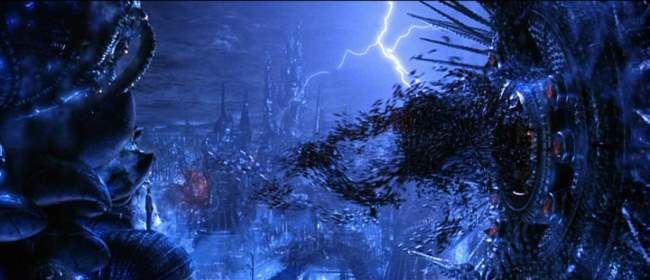
Overview: Yes, the majority of the population was disappointed with Matrix Revolutions. Many voiced issues with various movie aspects such as dialogue and acting. More still complained that the overall story was non-sensical, with many points seemly completely incoherent. Some even commented that even though it was incoherent, they absolutely loved the action sequences. Personally, I found an altogether different movie. At times I almost felt Matrix Revolutions was purposely written for someone exactly like me. My background in cybernetics seemed wonderfully tailored to understanding the trilogy from a science fiction perspective (versus the philosophical perspective that is most often explored) – as rarely do I find a symbolic struggle of positive and negative feedback systems so overtly played out in film. Strangely enough, many others tend to have this same sentiment (that the movie was MADE for them), although their backgrounds are very different from mine. In this sense, for those that LOVED Matrix Revolutions, something about the movie just “clicked” for them – in most cases, that special something was different for each person. While yes, the action is astounding, as are the visuals, its this aspect of Matrix Revolutions which is most intriguing to me. It may not be for everyone, but for those that like it, its almost tailor made.
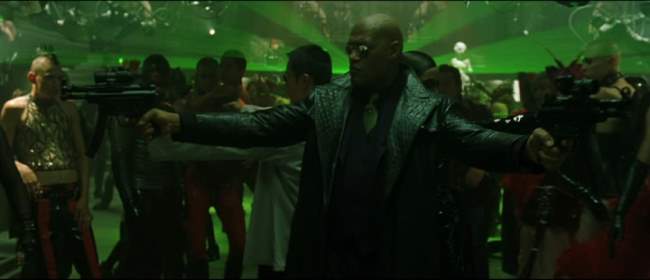
The Story: Matrix Revolutions is the third installment of the Matrix Trilogy, where Neo’s decision at the end of Reloaded causes a final confrontation between Zion and the Machines. In rejecting the Architect’s control system, Neo has thrown the relationship between humanity and the machines in a completely unpredictable direction. The machines are quickly digging to reach the last human city of Zion, while Neo, Morpheus, Trinity and a host of others look to recover from their last ditch attempt meeting with the Architect at the end of Reloaded.
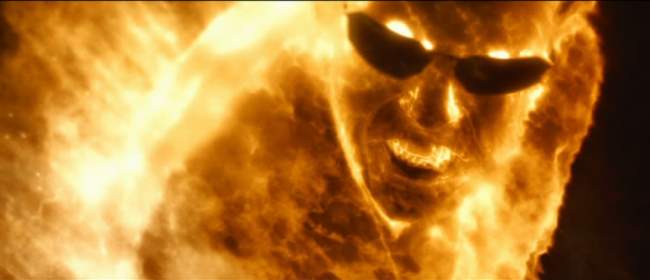
Nothing was at it seemed. The history of the one was a lie, all part of an elaborate control system. Now, in less than twenty hours, the machines will penetrate Zion’s defenses, and potentially destroy humanity forever. Worse, Neo’s mind has somehow separated from his body and now lies comatose next to Bane on-board the Ship called the Hammer. Morpheus is still despondent about the false prophecy, and the Zion’s defenses have been all but wiped out by a premature EMP pulse.
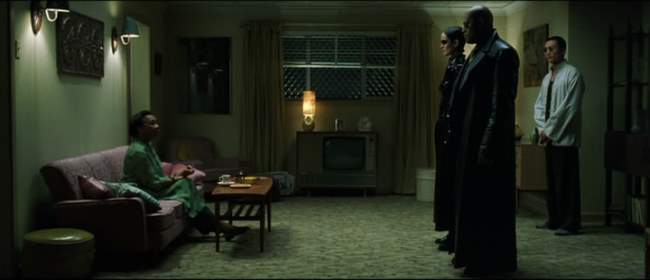
It turns out that Neo’s mind has been trapped in a place in-between the Matrix and the Machine City, inside something called the Mobile Avenue Train Station (better known as limbo, which is an anagram for “Mobile” Avenue). Unfortunately, this is controlled by the Merovingian. Trinity and Morpheus, along with Seraph must now convince the Merovingian to let Neo Free. Meanwhile, Mr. Smith has virtually taken over the Matrix with duplicates of himself while Zion prepares for the attack of the Machines, and decide to place virtually all their resources into holding the dock. As things become clear, Neo decides the only way he can save Zion is to personally go to the virtually impenetrable Machine City. Meanwhile, as the Dock Fight goes from bad to worse, Niaobi (Jada Pinkett Smith), Morpheus and company race back in the Hammer to help save Zion with the humanity’s last remaining EMP.
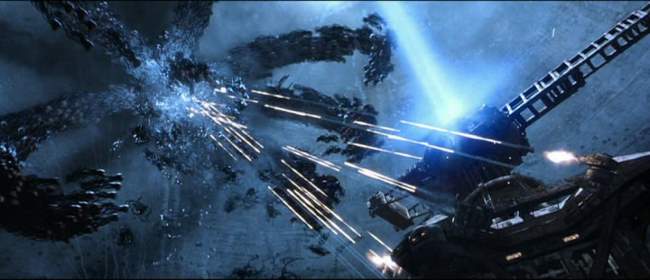
Revolutions is a War Movie: Whereas the first movie, the Matrix involved a personal awakening, and Matrix Reloaded was almost more of a chase movie, Matrix Revolutions is more a war movie than anything else. In this sense, each of the three movies are very different from one another. Many new characters are introduced in Revolutions, while some of the staples of the first two movies take more of a back seat. We see less of Morpheus here, for instance, but are almost bombarded with a myriad of secondary characters, each intended to bring us a sense of drama associated with the enormity of their undertaking. While one can discuss how well each of the minor characters worked, the need for their inclusion is rather clear – without them, the scale of the conflict doesn’t really work.
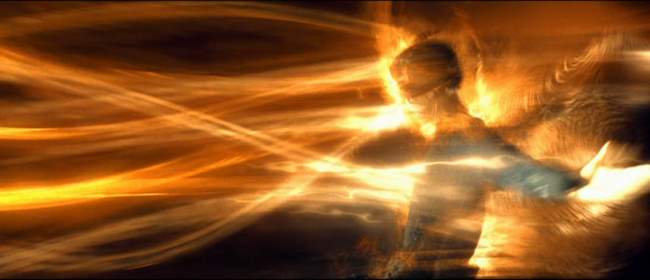
The Matrix Trilogy as a Participative Movie Watching Experience: Most movies are meant to be conveyed in a rather passive manner – one which may require the view to actively pay attention to what transpires but doesn’t require them to actively think about what they have seen. Conversely, quite a few cyberpunk flicks are just the opposite – animes like Serial Experiments Lain or Fragile Machine, extreme Japanse Cyberpunk flicks like Tetsuo, indie flicks like Puzzlehead, or even action flicks like Casshern all require the viewer to spend significant time actively thinking through the implications of what they just saw. The Matrix Trilogy, and especially Matrix Revolutions flat out requires active participation to make sense of it. Arguments abound on this point as many critics consider this a sign of bad movie making, while many Matrix fans respond with the inevitable, “You just don’t get it” comment, as if those who hate Revolutions are somehow intellectually inferior. My take on this is that this is more a sign of preference in movie tastes. Some people (like me) LOVE to encounter movies that take more than one viewing to really understand, whereas others absolutely hate watching films like this. Regardless where you come down on this, your perception of whether you like Revolutions or not will in large part be answered by your preferences on this scale.
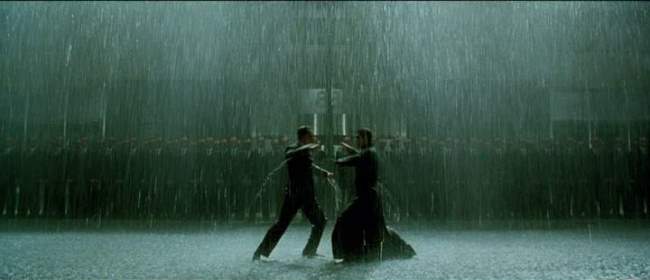
The Power of The One: The Oracle makes clear in her meeting with Neo that the “power of the one” comes from the Source, and that this power is necessary to communicate with the source. From a SciFi standpoint, the explanation for this is clear – the power of the one is based on the sentient learning program embedded in Neo from birth (the Architect tells Neo this at the end of Reloaded). As is documented in my Man-Machine-Interface essay, this is what gives Neo the power to attack the machines in the real world. Neo has Sysadmin-like powers so that he (the sentient program portion of Neo) is able to reboot the Matrix.
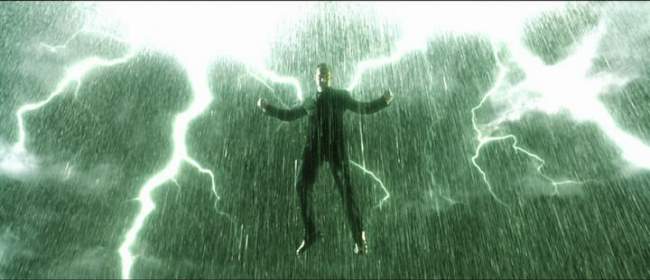
Getting Back to a Steady State: In Reloaded, Neo, with significant prompting from the Oracle has effectively wiped out the Architect’s negative feedback control system (meaning a cybernetic control system that “negates change from an initial goal state). The thresholds were exceeded, and the entire control system spun out of control. This, after all was the Oracle’s purpose. From a cybernetic perspective, the Oracle’s goal was to create a positive feedback loop (increasing change from an initial goal state). In doing so, she effected the complete destruction of the negative feedback system that had managed human-machine relations for the better part of 600-800 years. When a cybernetic control system exceeds its thresholds, it is possible for the system to again regain a steady-state, but almost never is it possible to return to the previous steady state. This truly is the Oracle’s purpose. By effecting out-of-control change (by creating the anomaly that is Mr. Smith), the Oracle created a situation where both the humans and machines would need to work together to stave off elimination of their species. The proposed steady state (peace) would have to be founded on a completely different set of assumptions. This would necessitate changes in the operation of the Matrix, and a far more integral relationship between the humans and machines.
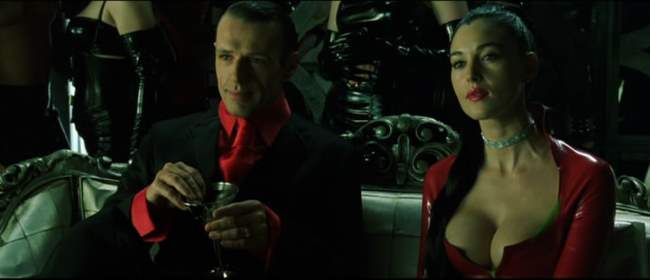
The Philosophical Aspects: Matrix Revolutions, even moreso than the previous films, is replete with interesting philosophical references from Hinduism, Christianity and various writers that ideas such as freewill and determinism, the nature of reality, the notion of purpose, and so on. In totality, the Matrix is a virtual cornucopia of ideas which ends up leading towards a larger integration of purpose, one which serves to unite the needs of man and machine in their struggle to survive. That these ideas are melded into a very compelling story – one which can almost completely divorce itself from the SciFi aspects and still work is pretty amazing. One can easily view the trilogy from the perspective of Neo as a messianic figure who’s story arc involves the coming of age, the sheding the bonds of slavery, and eventually the recapturing of humanity’s (and the machine’s) salvation. The Matrix Trilogy is one of the very few movies which have spurned an ever increasing number of philosophical analysis books – truly this is rather unique, and itself something to be celebrated.
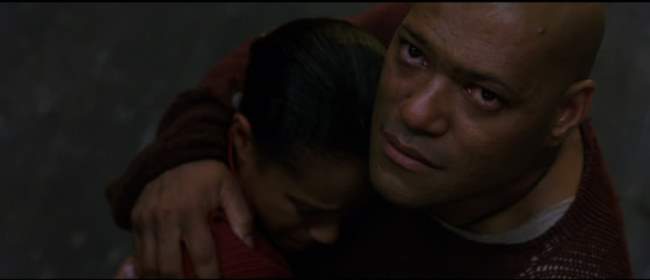
The Acting: While much has been said about some uneven performances, by and large, the leads in Matrix Revolutions turn in very solid performances. Keanu Reeves deserves additional credit for the incredible work he in preparation for the part – his martial arts and wire work in Revolutions are just terrific. Hugo Weaving turned in a supporting performance worthy of what I would consider an Oscar nomination. His monologue (“Why Neo, why?) near the end is absolutely riveting. However some of the secondary actors, most notably the “kid” (Clayton Watson) were pretty bad. Also, there were some dialogue issues in Revolutions which could have been worked a bit more (shortening the Trinity “you gave me one more chance” scene, for instance). In light of the incredibly ambitious goals for Matrix Revolutions, its not too surprising that some of the details could have been worked more.
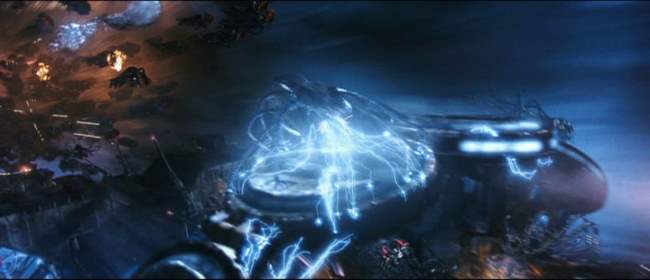
The FX: Matrix Revolutions has some of the most impressive FX on film. Regardless whether or not you hate the film, the quality and enormity of the FX we see in Revolutions is a wonderful cap to the series. From an FX standpoint, the Dock Fight was an absolutely monumental undertaking. This combination of CG, miniatures, full-sized models with human actors, and motion-capture provided one of the great battles ever seen on film. Because of the speed and chaos, like many elements in Revolutions, it really does take an extra watching or two to really get the sense of what’s happening. But once you aren’t overwhelmed by the enormity of it, the pace of the battle and the actions of the machines make sense. In fact, it becomes clear that the dock fight is one of the most significantly choreographed combat scenes ever put on film.
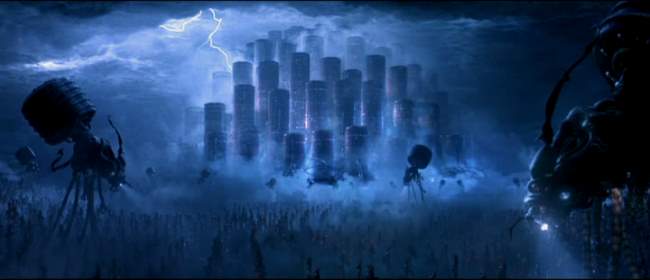
The Visuals: Visually, Matrix Revolutions is a stunning movie. While the bulk of the visuals use a blue-red color sceme, the familiar green matrix colors are also prominently displayed. Similarly, we get bursts of yellow-orange colors denoting machines disconnected from the Matrix. Shadows are liberally used in the larger panoramic scenes, while many of the close-ups are more starkly lit. Overall, the mood of the blue-red color scheme is reminiscent of Star Wars’ Empire Strikes Back, in that we get the same darkened atmosphere.
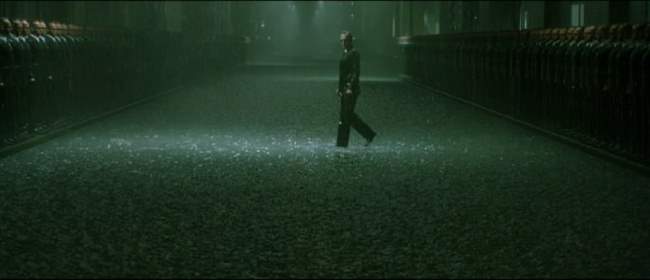
The Score: Don Davis’ music for Matrix Revolutions provided a terrific accompaniment. The diversity, from industrial sounds to haunting choral arrangements served to heighten the tension and energy at pivotal scenes. Probably the highlight of this was at the beginning of the Super Burly Brawl between Neo and Mr. Smith where the piece, “Neodammerung” signals the final confrontation.
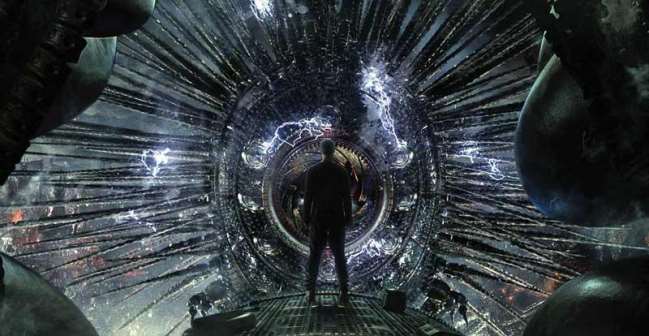
The Bottom Line: The Matrix Trilogy is one of the most ambitious projects ever undertaken in movies. It combines almost two distinct storylines – one based on philosophy and religion and the other based on science fiction – with revolutionary effects, great action and truly interesting ideas throughout. As a cyberpunk dystopia, it’s hard to find a situation worse than the one posed in the world of the Matrix. While the majority of its viewers found fault with Revolutions, especially the ending, I personally found enormous satisfaction out of both the ending and the movie as a whole. While I certainly agree that there are some acting and dialogue issues, as a whole, Revolutions was a terrific ending an absolutely terrific trilogy.




